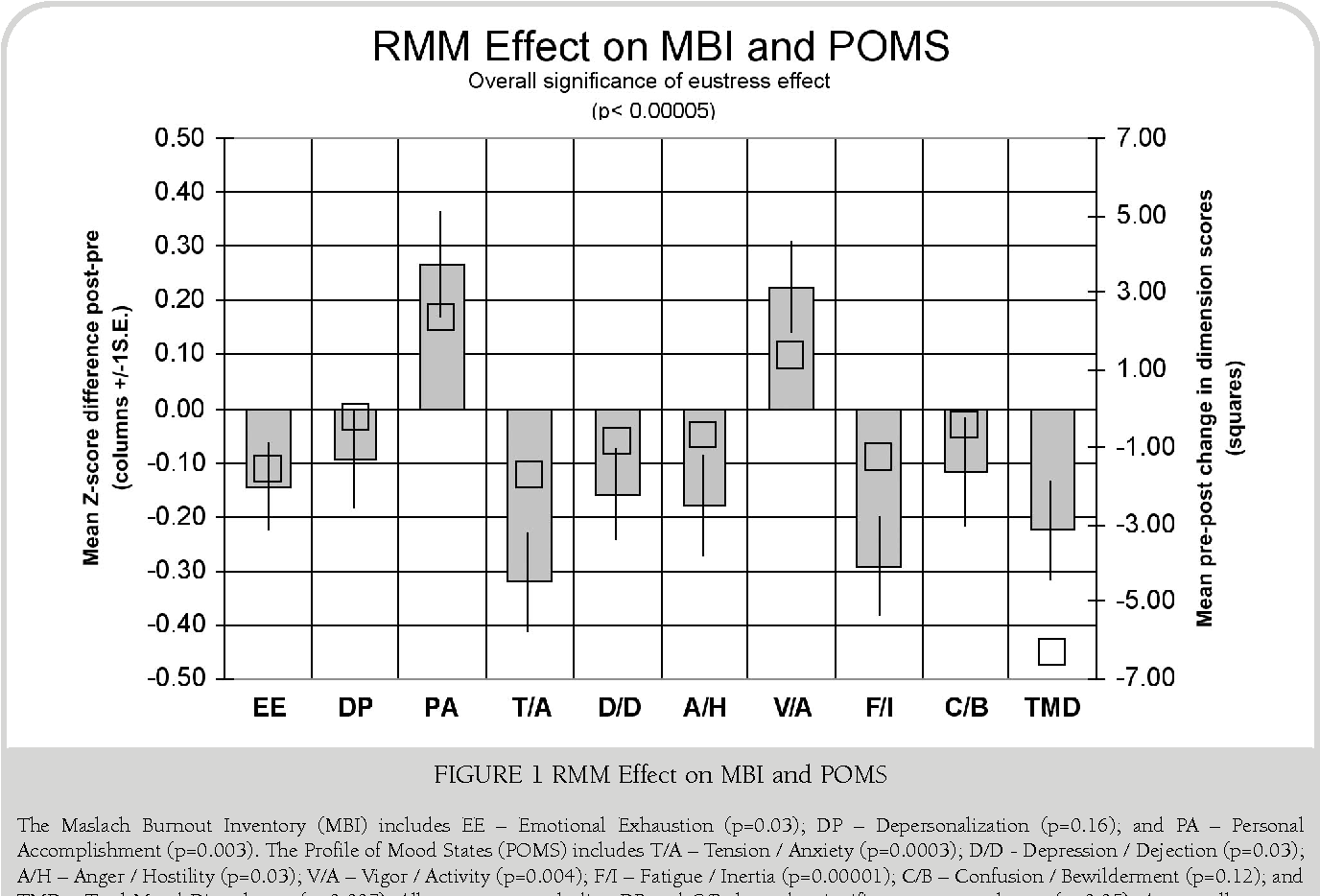

There are also programs that include RMM classes for children and teenagers, not just adults. Most RMM teachers structure their curriculum to meet the needs of the students and the classes do not have to be advertised as RMM. Some teachers teach more advanced classes in harmonization, sight-reading, improvising, playing by ear, and other musicianship skills.
#Recreational music making how to
They learn how to play lead sheets and how to recognize and play various accompanying styles. RMM students do learn how to read music and to play music at their skill level.

They are patient with technical progress.They focus on mastering concepts rather than mastering repertoire.They are open to “volunteer-only” solo playing.They focus on student goals rather than teacher goals.

#Recreational music making series
His philosophy was that music making was for all people, According to Dr Bittman, “it’s about inspiring extraordinary living.” The unique format of RMM is its emphasis on group-based activities.Īn extensive series of eight peer-reviewed scientific publications on the Clavinova Connection and HealthRHYTHMS have documented statistically significant improvements in quality of life, including physical, emotional, and social benefits. Through his research, Dr Bittman determined that playing music within the context of a group in a pressure-free environment could reduce stress at the DNA level. Bruhn, the father of the Music-Making and Wellness movement, and scientific research from Barry Bittman, MD, neurologist, population health innovator, and pioneer in the field of mind-body medicine, whose studies were the first to demonstrate a link between playing music and the positive effects on one’s overall health-lowering stress, blood pressure, and heart rate. Recreational Music Making (RMM) has its roots from the early work of Karl T. According to the Merriam Webster dictionary, the term recreational is derived from the Latin root, “recreatio,” which means “restoration to health.” Since 2009, Cincinnati Music & Wellness Coalition (CMWC) has offered two evidence-based recreational music making wellness programs to diverse populations.


 0 kommentar(er)
0 kommentar(er)
